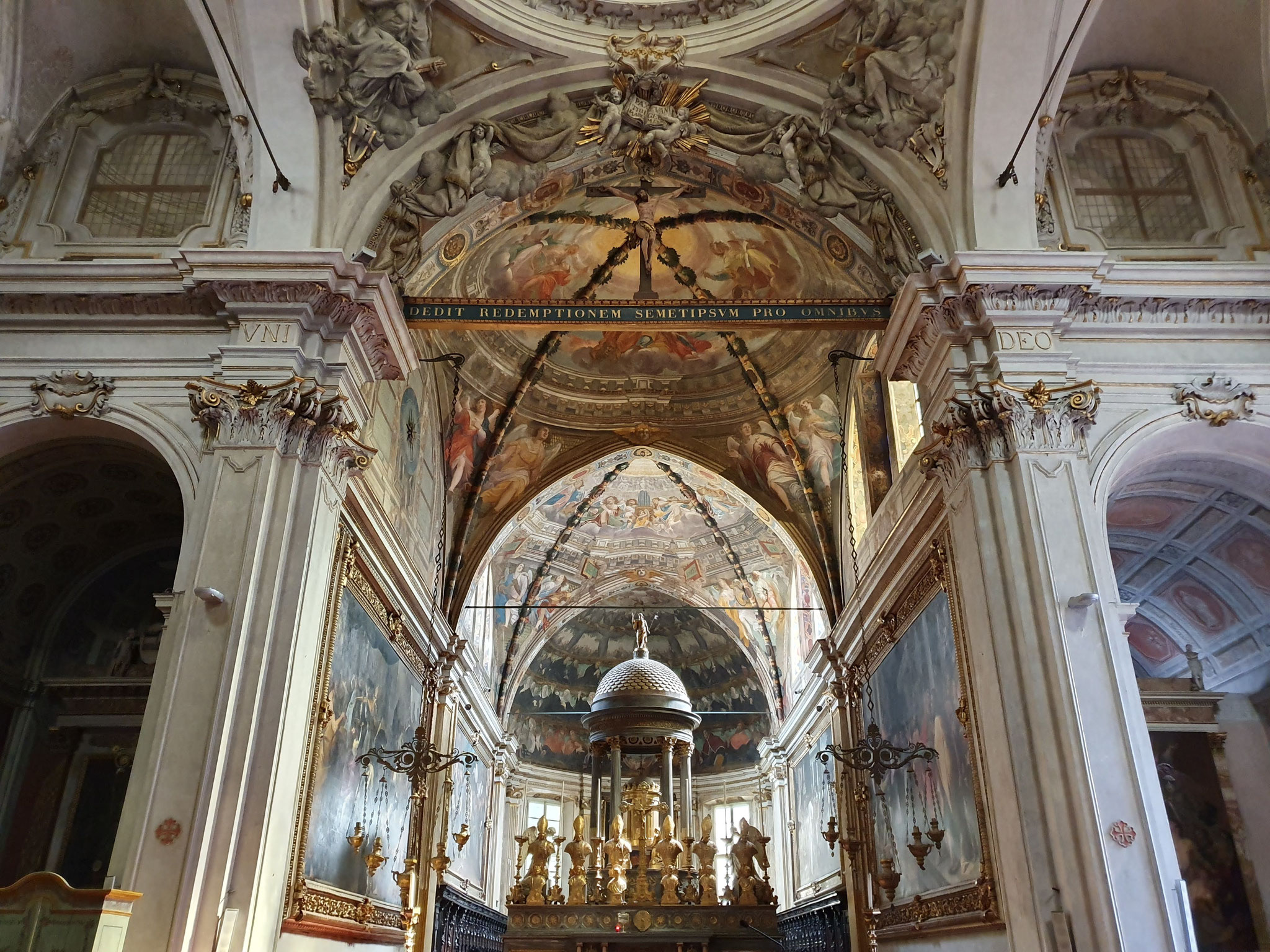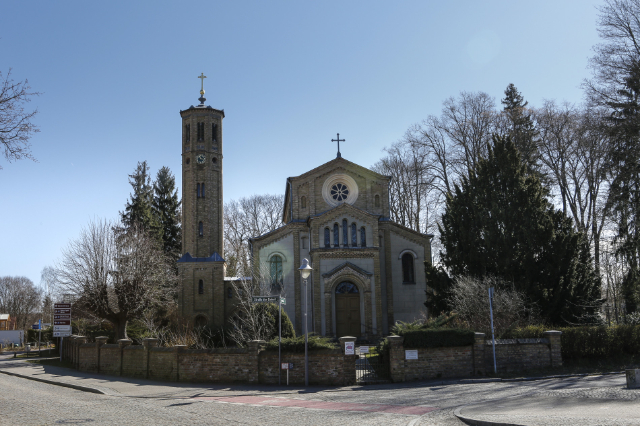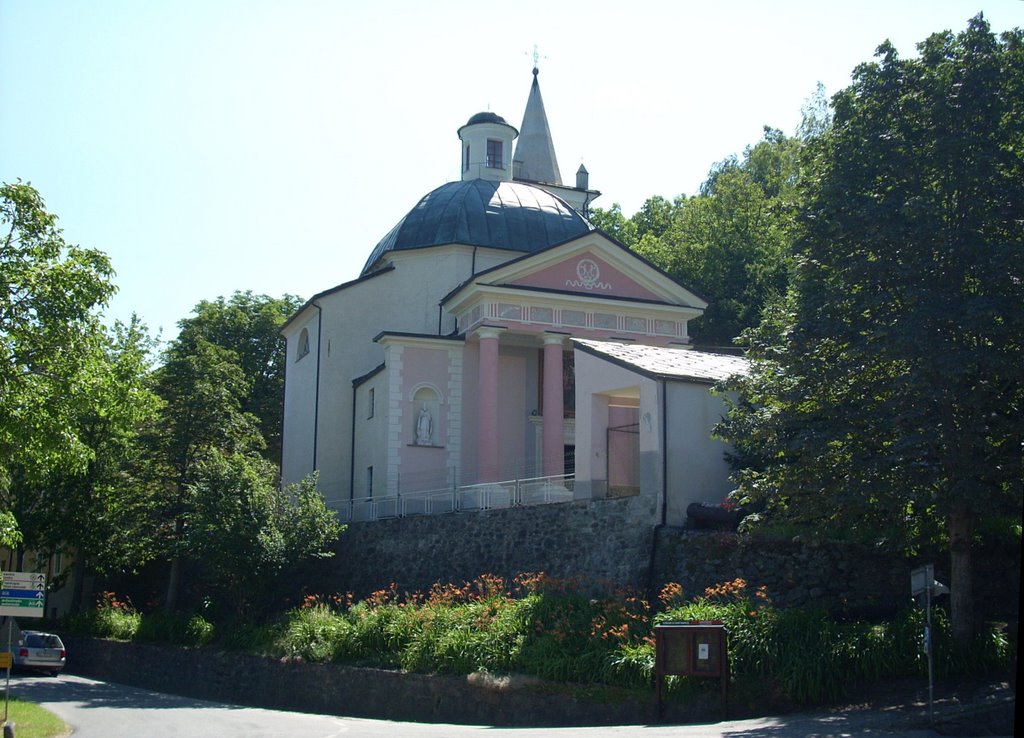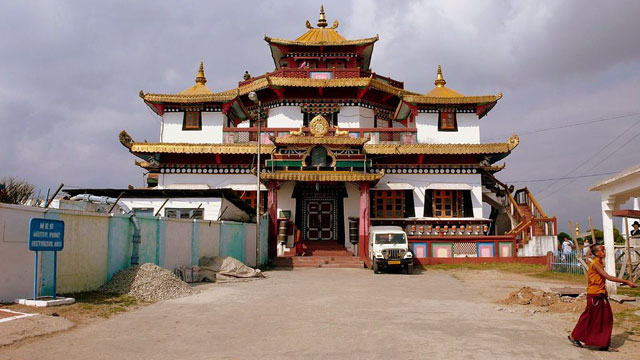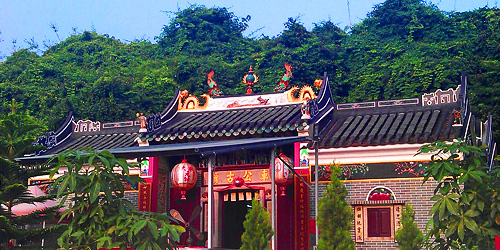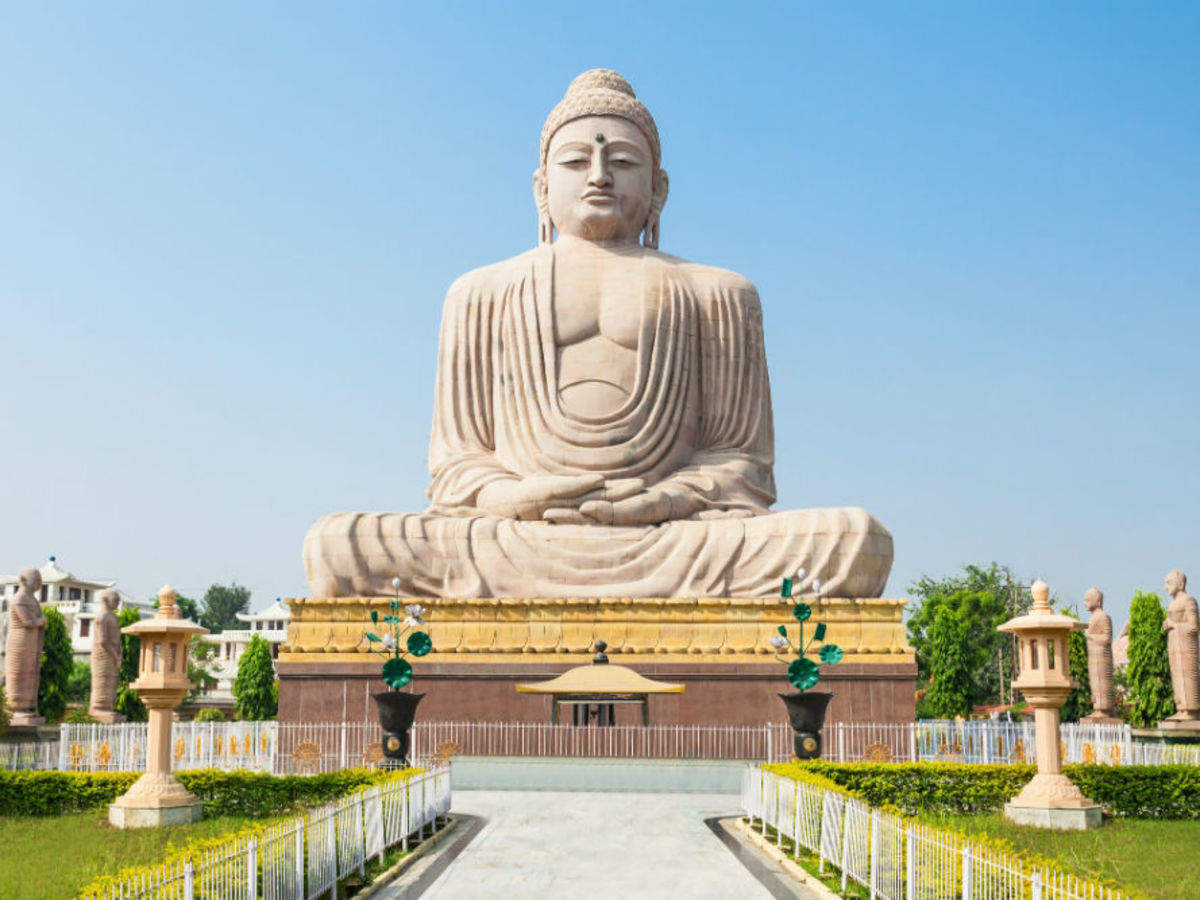Located in the Brera district, one of the most beautiful urban contexts of Milan, the Church of San Marco was once reflected in the waters of the Navigli.
Throughout the late Middle Ages and up to the modern age, it represented the cradle of the Augustinians in Milan: their presence was active and allowed the building to be enriched with numerous works of art.
According to tradition, the church was dedicated to St. Mark in recognition of the help given by Venice to Milan in the fight against Barbarossa, but the first certain information dates back to 1254 when Lanfranco Settala, Prior General of the Order of the Hermits of St. Augustine, had a church with three naves built incorporating the previous buildings.
In the Church of San Marco there are numerous artistic testimonies that are directly inspired by the figure of St. Augustine. On the wall of the right transept there is a fresco by the brothers Giovan Battista and Mauro della Rovere, known as Fiammenghini. The work represents Pope Alexander IV who in 1256 delivered the Bull of Union to the Congregation of Saint Augustine.
In the lower part of the transept, restoration works in 1956 brought to light details of 14th century frescoes attributed to Giovannino de’ Grassi, a Lombard painter. Interesting is the crucifix surrounded by various angels and saints, Fra Agostino in pontifical robes. The presumed date of the work is between 1365 and 1370.
In the presbytery there are two canvases: on the right the Dispute of Ambrose and Augustine by Camillo Procaccini (1555-1629) while on the left the Baptism of Augustine by Giovan Battista Crespi called il Cerano, dated 1618.
From its glorious past, the basilica preserves the bell tower and the imposing stone portal, on which rest the three statues representing Saint Mark, Saint Ambrose and Saint Augustine, attributed to Giovanni di Balduccio da Pisa (1320).
In the Foppa Chapel, the first on the right, there are frescoes of the ‘500, made by Paolo Lomazzo with the stories of St. Peter and St. Paul.
As a plaque reminds us, the church has hosted many important names: in fact, at the end of the 18th century, it was the destination of the young Mozart who lived in the rectory for three months and, in 1874, the Requiem Mass dedicated to Alessandro Manzoni and directed by Giuseppe Verdi was celebrated.
Today, thanks to its extraordinary acoustics and a valuable organ (wonderfully restored by the great Costanzo Antegnati), concerts are held by the main musical institutions of Milan.
ANECDOTES AND CURIOSITIES
Recently a trap door has been found by some speleologists that, through a tunnel, gives access to the space under the altar. A mystery to be solved: the underground passage has unfortunately collapsed and we are still trying to discover its destination.
In 1700, in the church of San Marco, the great G.B. Sammartini, called “the father of the symphony” as well as "the Milanese"(1698-1775) was the organist for a long time.
Starting from his birth in Tagaste, in present-day Algeria, Agostino had some of the decisive meetings of his life in Milan. Decisive was the friendship with St. Ambrose, a strong and charismatic man, which propiziò a radical change in his choices.
